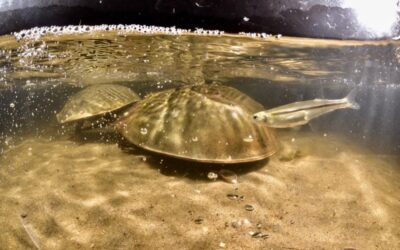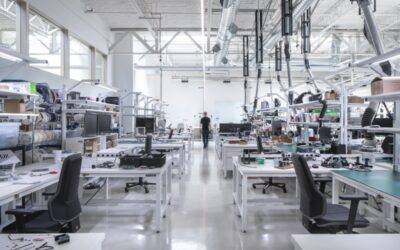Introduction
The discovery of Limulus Amebocyte Lysate (LAL) from horseshoe crab blood revolutionized endotoxin testing, providing a critical tool for ensuring the safety of injectable drugs, vaccines, and medical devices. While synthetic alternatives like recombinant Factor C (rFC) offer promising advancements, LAL remains the gold standard in the biomedical industry. This blog post explores the advancements in synthetic alternatives, their potential, and why LAL continues to be the preferred choice, emphasizing the importance of sustainable harvesting practices in the interim.
The Need for Synthetic Alternatives
Horseshoe crabs are harvested annually to extract their blue blood, a process that, despite improvements, still poses risks to their populations. Estimates suggest that between 10-30% of crabs do not survive the bleeding process, and those that do may suffer from reduced spawning success and other long-term impacts (USGS). To address these concerns, researchers have been developing synthetic alternatives to LAL that can provide the same efficacy without relying on animal sources.
Development of Recombinant Factor C (rFC)
Recombinant Factor C (rFC) is a synthetic alternative that mimics the endotoxin-detecting properties of LAL. Developed using genetic engineering techniques, rFC is produced from recombinant DNA technology, which allows for the mass production of this critical protein without the need for horseshoe crab blood. The rFC assay replicates the first step of the coagulation cascade triggered by endotoxins, providing a reliable and effective method for endotoxin detection (Smithsonian Magazine).
Advantages of rFC over Traditional LAL
- Ethical and Sustainable: The primary advantage of rFC is its ethical production process. By eliminating the need for horseshoe crab blood, rFC significantly reduces the impact on crab populations, supporting conservation efforts and promoting animal welfare (Smithsonian Magazine).
- Consistency and Reliability: rFC assays offer greater consistency and reliability compared to LAL, as they are not subject to the biological variability inherent in animal-derived products. This ensures more predictable and reproducible results, which is crucial for regulatory compliance and quality assurance in pharmaceutical manufacturing (Smithsonian Magazine).
- Cost-Effectiveness: The production of rFC is scalable and can be more cost-effective in the long run. As the technology matures and becomes more widely adopted, it has the potential to reduce the costs associated with endotoxin testing, benefiting both manufacturers and consumers (Smithsonian Magazine).
Why LAL Remains the Gold Standard
Despite the advancements of rFC, Limulus Amebocyte Lysate (LAL) remains the gold standard for endotoxin testing in the biomedical industry. There are several reasons for this preference:
- Proven Track Record: LAL has been the cornerstone of endotoxin testing for over five decades. Its efficacy and reliability have been validated through extensive use in the pharmaceutical industry, ensuring the safety of countless medical products (Smithsonian Magazine) (Dauphin Island Sea Lab).
- Regulatory Acceptance: LAL is widely accepted and required by regulatory agencies such as the FDA, European Medicines Agency (EMA), and others. The transition to synthetic alternatives like rFC requires comprehensive validation and regulatory approval, which can be a lengthy and complex process (USGS).
- Industry Integration: The infrastructure and protocols for LAL testing are deeply integrated into the pharmaceutical and medical device industries. Switching to a new method involves significant changes in procedures, equipment, and training, which can be resource-intensive and challenging to implement on a large scale (Smithsonian Magazine).
Balancing Innovation with Sustainability
While synthetic alternatives hold promise for the future, the current industry reliance on LAL necessitates a focus on sustainable harvesting practices. Companies must prioritize ethical and sustainable methods to ensure the long-term viability of horseshoe crab populations. This includes:
- Minimizing Impact: Implementing advanced handling and bleeding techniques to reduce mortality and ensure the well-being of horseshoe crabs during the harvesting process (USGS).
- Regulatory Compliance: Adhering to stringent guidelines set by regulatory bodies to monitor and control the impact of harvesting on horseshoe crab populations (Smithsonian Magazine) (Dauphin Island Sea Lab).
- Conservation Efforts: Supporting conservation programs and research initiatives aimed at preserving horseshoe crab habitats and populations (Dauphin Island Sea Lab) (USGS).
Conclusion
The advancement of synthetic alternatives to LAL, particularly recombinant Factor C, represents a significant milestone in the pursuit of sustainable and ethical biomedical practices. However, until these alternatives are fully validated and integrated into the industry, LAL remains the preferred choice for endotoxin testing. By embracing sustainable harvesting practices and supporting conservation efforts, the biomedical industry can ensure the continued availability of this vital resource while protecting horseshoe crab populations.



